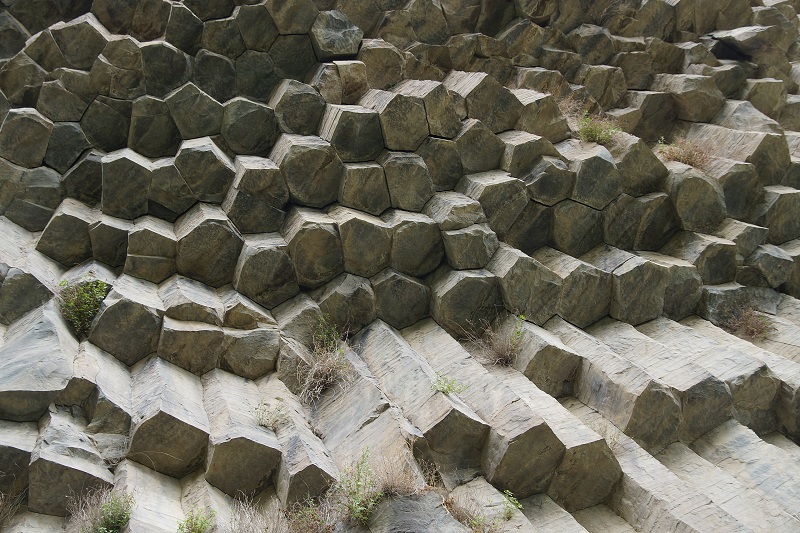
 Garni Temple
Garni Temple

The Garni Temple is the only standing Greco-Roman colonnaded building in Armenia. Built in the Ionic order, it is located in the village of Garni, in central Armenia, Kotayk region. It is the best-known structure and symbol of pre-Christian Armenia. Garni was once a pagan temple dedicated to the Armenian sun god Mihr.
The temple is constructed of locally quarried grey basalt, assembled without the use of mortar. Instead, the blocks are bound together by iron and bronze clamps. It is a peripteros, composed of a collonaded portico and a cella, erected on an elevated podium.
The exterior of the temple is richly decorated. The triangular pediment contains sculptures of plants and geometrical figures. The frieze depicts a continuous line of acanthus. Furthermore, there are ornaments on the capital, architrave, and soffit. The stones in the front cornice have projecting sculptures of lion heads.
Built in the middle of the 1st century CE, the Temple of Garni remarkably survived the destruction of pagan temples following Armenia's conversion to Christianity in the 4th century CE, and countless invasions and earthquakes until its collapse in 1679.
The Temple of Garni was reconstructed between 1969 and 1975.
The historical record concerning the temple was first constructed upon the orders of King Tiridates I of Armenia (62-88 CE) sometime around 70-80 CE. He was the founder of the Arsacid dynasty of Armenia. Tiridates I is primarily remembered in Armenian history for his visit to Rome to meet Emperor Nero in 66 CE.